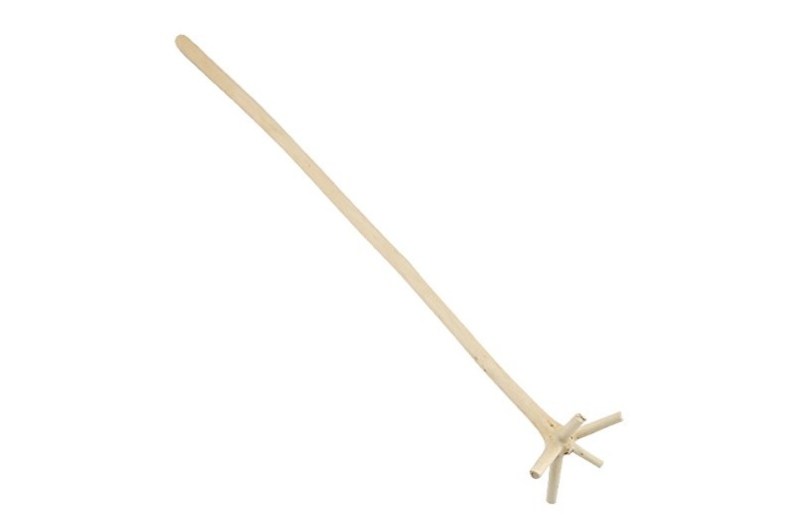The swizzle stick is a part of Caribbean bars’ infrastructure and is as fun to use as they are to say three times fast. Are you thinking about festive plastic picks/stirring utensils? You’re not completely off base, but if you’d like to know about the Caribbean stick that sparked an entire cocktail mixing technique, grab a bar stool.
Origins

The original swizzle sticks were literal sticks broken off the Quararibea turbinate, an evergreen tree particularly popular in the southern Caribbean islands. These branches sprouted off little arms in several directions at the end, which could be cut down to fit various glasses. Swizzle sticks are also known as bois lélé. Though you can still find Buy Now , some metal and plastic varieties are also available.
Swizzling was originally a food preparation technique that required a utensil to be spun between the palms as it is lifted and submerged in a mixture. A non-alcoholic precursor to swizzle drinks was Switchel, a spiced mix of water and vinegar that was sweetened with honey or molasses. This “haymaker’s punch” was popular among field hands and slaves as early as the 17th century.
By the 1920s, swizzle sticks would find their way to Buckingham Palace where Queen Victoria and the ladies of the court would use them to decrease the carbonation in champagne. After all, there’s nothing royal about spontaneous burping. Prohibition eras around the world slowly killed this technique until an American inventor would call the Buy Now you know swizzle sticks.
What is a Swizzle?
Swizzles are generally sour drinks that use crushed ice and the unique mixing technique known as swizzling. Their Caribbean roots lead most swizzles to feature rum, but other liquors can be used, since it’s the method, not the booze, that gives the
At the dawn of the 20th century, international alcohol historian Edward Randolph Emerson tracked the origin of the swizzle to St. Kitts where it was comprised of six parts water to one part rum and an aromatic flavoring. It was an expensive cocktail due to the scarcity of drinking water on the island at the time. Earlier accounts record swizzles in Barbados, Martinique, Trinidad, and Guyana as early as 1870. Ice was becoming popular throughout the Caribbean, so some islands would serve swizzles on ice. The large amounts of ice used in modern swizzles are typically an homage to this ratio of dilution.
How to Use a Swizzle Stick
Crush dry, cubed ice (or use an ice machine, in a pinch) and fill the serving glass about halfway. Typical glassware is either a Collins or Sling glass, but there are specific-use Swizzle cups available as well for a more dramatic presentation. Build your cocktail in the glass, then submerge the swizzle stick in the ice. With the shaft between both hands, spin the stick by moving your hands back and forth as though you’re trying to start a fire. Once the drink starts frothing, fill the glass with more ice and swizzle again. Over the course of this process, the glass should begin to frost over.
Rum Swizzle
(Created by Jason Wilson, Washington Post)
- 2 oz dark rum
- .75 oz John D. Taylor’s Velvet Falernum
- Freshly squeezed juice of 1 lime (about .75 oz)
- Crushed ice
- 4 dashes Angostura bitters
- 1 sprig mint, for garnish
- Confectioners’ sugar, for garnish
Method: Combine the rum, lime juice and falernum in a highball or Tom Collins glass, then add a handful of crushed ice; swizzle to blend. Drop the spent lime into the drink. Add crushed ice to fill to the brim. Insert the swizzle stick or a long bar spoon, holding it between your palms, and swizzle by sliding your hands back and forth until the glass is frosted. Add more crushed ice; it should be mounded slightly. Top with the bitters. Garnish with a mint sprig and a light dusting of confectioners’ sugar.


